What are common faults in generators?
When your generator fails, it's not just an inconvenience—it can mean significant operational downtime, costly repairs, and potential safety hazards. Understanding common generator issues and their solutions is crucial for maintaining reliable backup power. Whether you're dealing with a failure to start, unstable voltage output, or unusual noises, effective generator troubleshooting can save you time and money while ensuring your equipment operates when you need it most. This comprehensive guide examines the most frequent generator faults, their underlying causes, and practical solutions to keep your power supply running smoothly.

Failure to Start
Nothing is more frustrating than a generator that won't start when you need it. This common issue can stem from multiple causes, each requiring a different approach.
Fuel System Issues: Contaminated fuel, clogged filters, or air in the fuel lines can prevent your generator from starting. Diesel fuel can develop microbial growth or water contamination over time, especially in standby generators that aren't run frequently.
Battery Problems: Weak or dead batteries are among the most common reasons for startup failure. Corroded terminals, loose connections, or simply an old battery can prevent the engine from turning over.
Starter Motor Issues: Faulty starter motors or solenoids can interrupt the starting sequence. You might hear a clicking sound when attempting to start, but the engine won't turn over.
Control Malfunctions: Issues with the control panel, safety switches, or automatic transfer switch can prevent starting even when all mechanical components are functional.
Regular testing under load and consistent maintenance are your best defenses against startup failures. For comprehensive generator troubleshooting, begin with the simplest solutions: check fuel levels, inspect battery connections, and ensure all controls are in the proper position.
Voltage Output Issues
Unstable voltage output can damage connected equipment and indicates underlying problems with your generator's electrical systems.
Automatic Voltage Regulator (AVR) Failure: The AVR maintains consistent voltage output despite load changes. When it fails, you may experience voltage that's too high, too low, or fluctuating uncontrollably. In some cases, the AVR may provide no output at all .
Excessive Voltage Drop Under Load: If your generator produces proper voltage at no load but experiences significant drops when loaded, potential causes include faulty rotating rectifier modules, issues with stationary rectifier components, or problems with current transformers .
Unstable Voltage Fluctuations: Voltage that constantly fluctuates may indicate poor connections in the excitation circuit, problems with the AVR's stability settings, or issues with rotating rectifier connections .
Brush Assembly Problems: For generators with brush assemblies, worn, cracked, or sticking brushes can cause inconsistent voltage output. Spring tension issues can prevent proper contact with slip rings, leading to voltage irregularities .
Abnormal Noises and Vibrations
Unusual sounds or excessive vibrations often signal mechanical problems that require immediate attention to prevent further damage.
Engine Knocking: This concerning sound can indicate serious issues like improper fuel combustion, incorrect ignition timing, or worn engine bearings that need professional assessment.
Excessive Vibration: Severe vibration may result from improper mounting, loose components, or internal engine problems. In seal oil systems, vibration issues have been traced to pump and piping problems that require systematic analysis and redesign .
Bearing Noise: Worn generator or engine bearings typically produce a high-pitched whining or grinding noise that increases with speed. Addressing this early prevents catastrophic failure.
Carbon Brush Noise: A cracking or sparking sound from the brush assembly area often indicates poor contact between carbon brushes and slip rings, which can lead to further damage if not addressed promptly .
Excessive Fuel Consumption
If your generator is using more fuel than normal, several underlying issues could be to blame.
Clogged Air Filters: Restricted airflow forces the engine to work harder, burning more fuel. Regular filter inspection and replacement maintains proper air-fuel mixture.
Fuel Leaks: Even small, unnoticed leaks in fuel lines, connections, or the tank itself can lead to significant fuel loss over time.
Incorrect Operation: Running generators at consistently light loads can cause inefficient operation and increased fuel consumption relative to power output.
Injector Problems: Worn or dirty fuel injectors can deliver fuel inefficiently, reducing combustion efficiency and increasing consumption.
Improper Governor Adjustment: The governor regulates engine speed based on load. If improperly calibrated, it can cause the engine to run richer than necessary, wasting fuel.
Overheating Problems
Generators operating at excessive temperatures can suffer from reduced efficiency, accelerated component wear, and potentially catastrophic failure.
Cooling System Issues: Low coolant levels, clogged radiator fins, malfunctioning water pumps, or faulty thermostats can all contribute to overheating. Microbiological growth in coolant systems can also reduce heat transfer efficiency.
Overloading: Consistently operating your generator beyond its rated capacity generates excess heat that the cooling system cannot dissipate, leading to rising temperatures.
Ventilation Problems: Restricted airflow around the generator, whether from enclosed spaces or debris blockage, prevents proper heat dissipation.
Oil-Related Issues: Using the wrong grade of oil, insufficient oil levels, or degraded oil that has lost its lubricating and cooling properties can contribute to overheating.
Electrical Causes: Problems such as shorted windings or excessive resistance in connections can create localized hot spots that lead to general overheating.
Electrical Faults
Electrical issues can be particularly challenging to diagnose and repair, often requiring specialized knowledge and equipment.
Winding Failures: Generator windings can develop shorts between turns or phases, or experience insulation breakdown. These issues may manifest as reduced output, unbalanced voltages, or overheating. Research on wind turbine generators shows that internal short-circuit faults may not cause immediate damage but can evolve over time into severe failures if not detected early .
Stator Ground Faults: These occur when stator windings come into contact with the generator frame. Comprehensive guides exist to assist protection engineers in applying relays and relaying schemes for such faults .
Bearing Currents: Electrical currents passing through bearings can cause pitting and fluting, leading to premature bearing failure and unusual noise.
Rotating Rectifier Failures: In brushless excitation systems, failed rotating rectifier diodes can cause loss of excitation, reduced output capability, or voltage instability .
Advanced diagnostic approaches are emerging, including algorithms that analyze stator current signals to detect issues like rotor bar defects, stator shorts, and dynamic eccentricity in variable-speed applications . These methods can identify faults even under changing operating conditions.
Control System Malfunctions
Modern generators rely on sophisticated control systems that can develop issues affecting overall operation and performance.
Automatic Voltage Regulator (AVR) Failures: As mentioned earlier, AVR problems can manifest in various ways, from complete voltage loss to instability. The AVR may fail to provide the proper excitation current to the generator field .
Governor Problems: Mechanical, electronic, or hydraulic governors can develop issues that cause erratic speed control, improper response to load changes, or failure to maintain rated frequency.
Sensor Malfunctions: Faulty speed sensors, temperature sensors, or pressure sensors can provide incorrect data to the control system, leading to improper generator operation.
Communication Errors: In integrated power systems, communication problems between the generator controller and other system components can prevent proper synchronization, load sharing, or automatic operation.
Conclusion
Effective generator troubleshooting requires a systematic approach, beginning with the most common and easily addressable issues before moving to more complex diagnostics. Regular preventive maintenance—including routine testing under load, fluid analysis, and thorough inspections—can prevent many of these common faults from occurring in the first place. When problems do arise, addressing them promptly with appropriate solutions ensures your generator remains a reliable power source when you need it most. Remember that some complex issues, particularly those involving internal components or control systems, may require professional assistance to resolve safely and effectively.
Our team of generator specialists has the expertise to diagnose and resolve any generator issue you may encounter. For professional generator troubleshooting and customized power solutions, contact our experts at skala@whjlmech.com.
References
IEEE Standards Association. (2025). IEEE PC37.101: Guide for Generator Stator Ground Fault Protection .
Data in Brief. (2025). A benchmark dataset of electrical signals from a permanent magnet synchronous generator for condition monitoring .
Forschung im Ingenieurwesen. (2025). Tooth flank fracture in a wind turbine gearbox—A failure analysis .
Results in Engineering. (2025). A Novel Algorithm for Fault Diagnosis of Induction Generators in Wind Power Systems Utilizing Stator Current Signal Crossing and Finite Element Modeling .
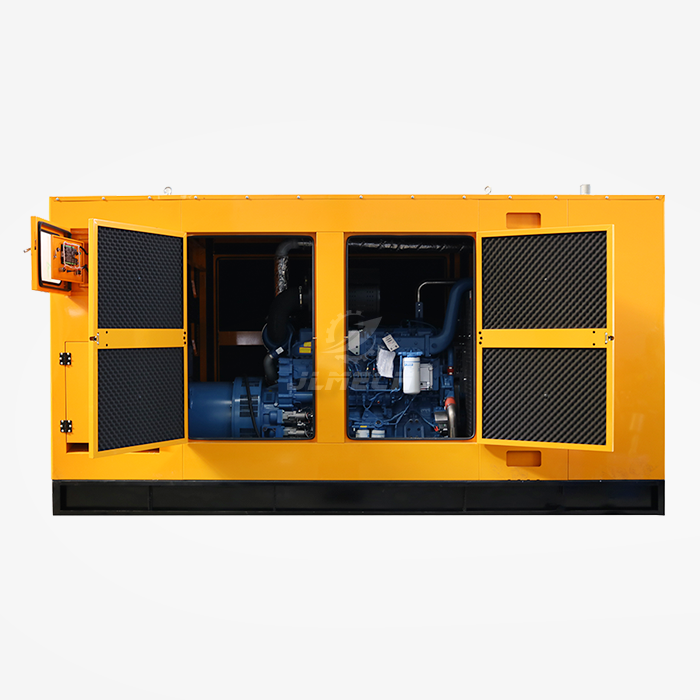 VIEW MORE50KW 60Hz 220V diesel generator
VIEW MORE50KW 60Hz 220V diesel generator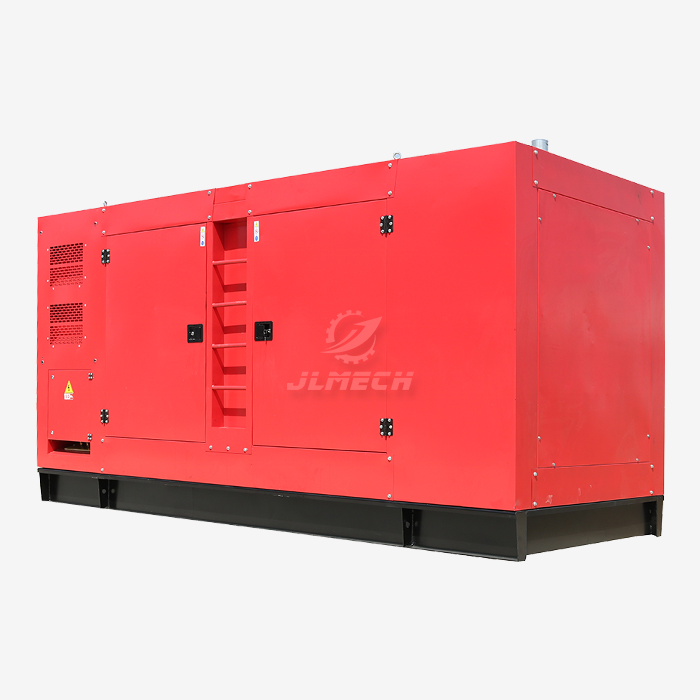 VIEW MOREElectric control diesel generator
VIEW MOREElectric control diesel generator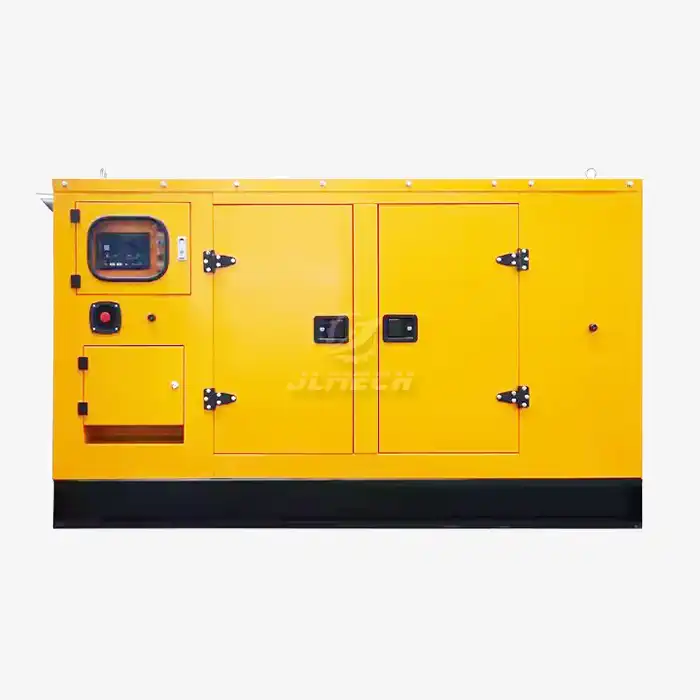 VIEW MOREElectric start diesel generator
VIEW MOREElectric start diesel generator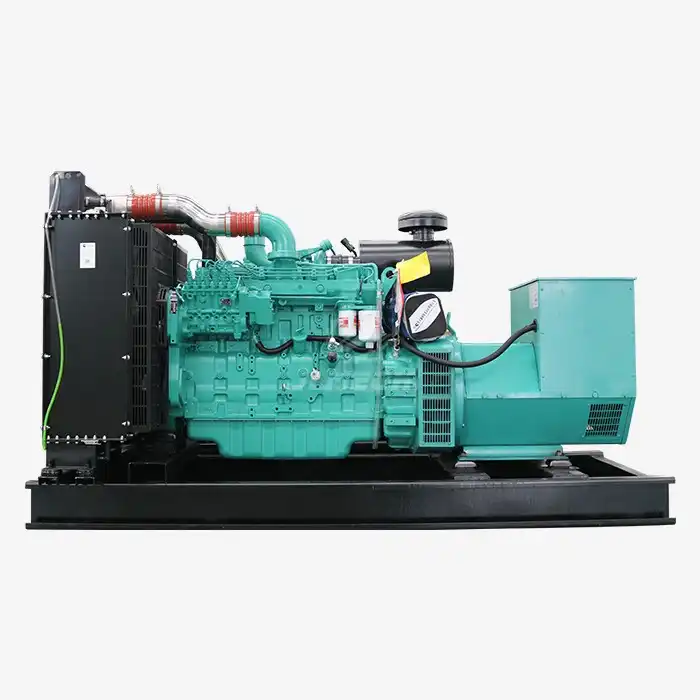 VIEW MORESilent water-cooled generator
VIEW MORESilent water-cooled generator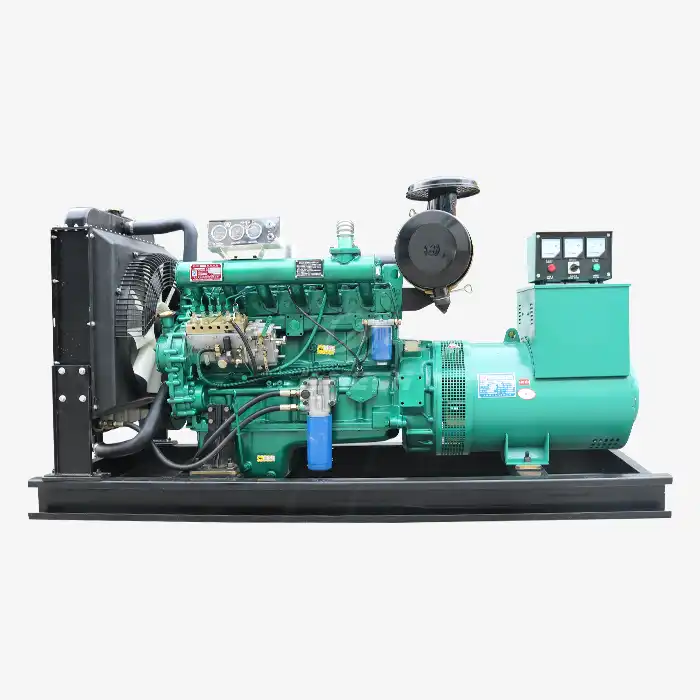 VIEW MOREdiesel generator 25 kw
VIEW MOREdiesel generator 25 kw VIEW MOREbrush trimmer machine
VIEW MOREbrush trimmer machine VIEW MORE800 amp 3 phase automatic transfer switch
VIEW MORE800 amp 3 phase automatic transfer switch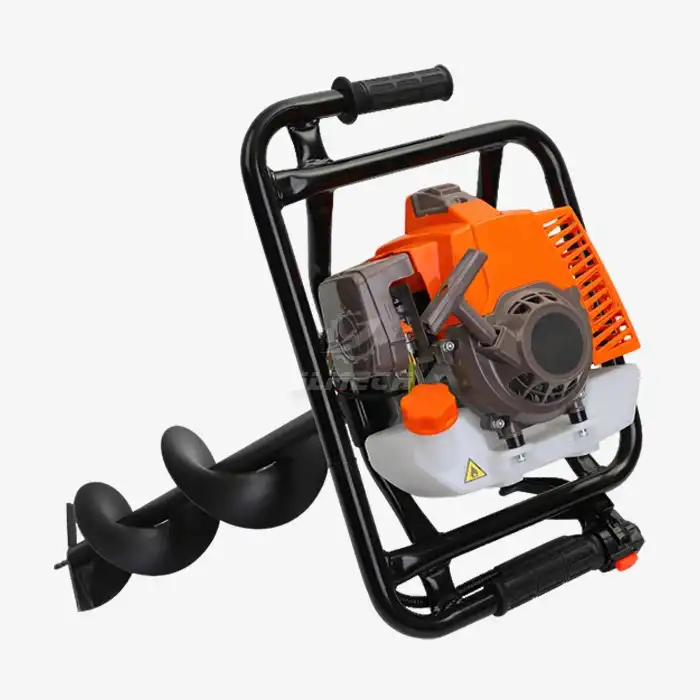 VIEW MOREland auger drilling machine
VIEW MOREland auger drilling machine



